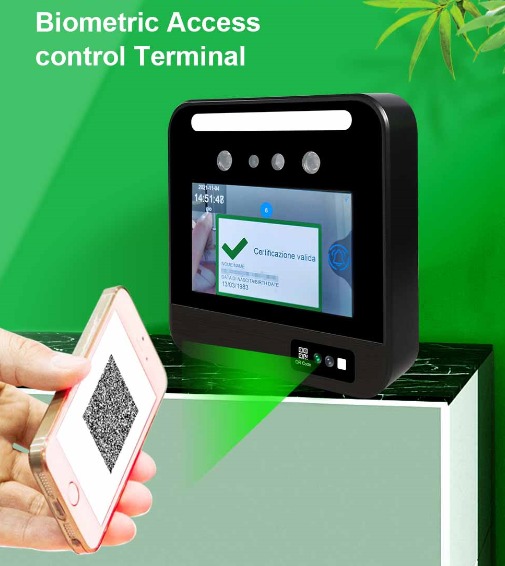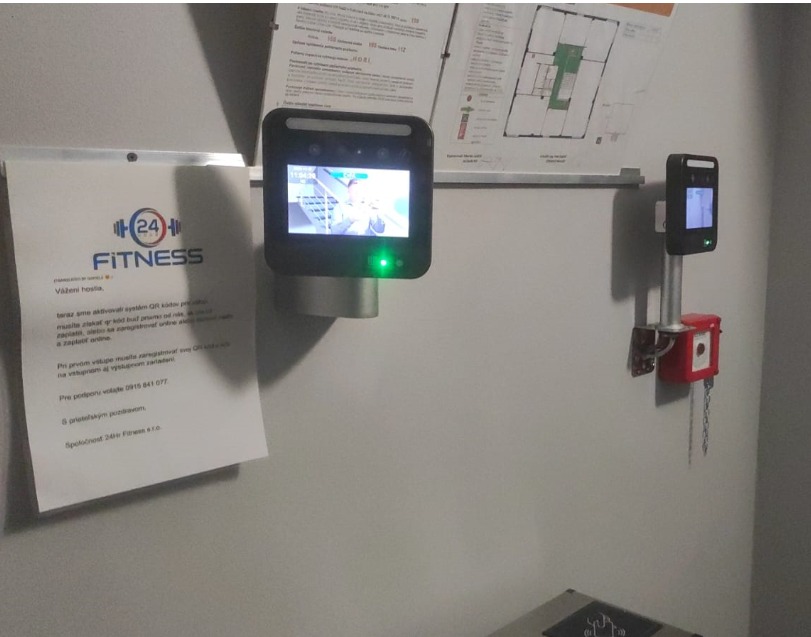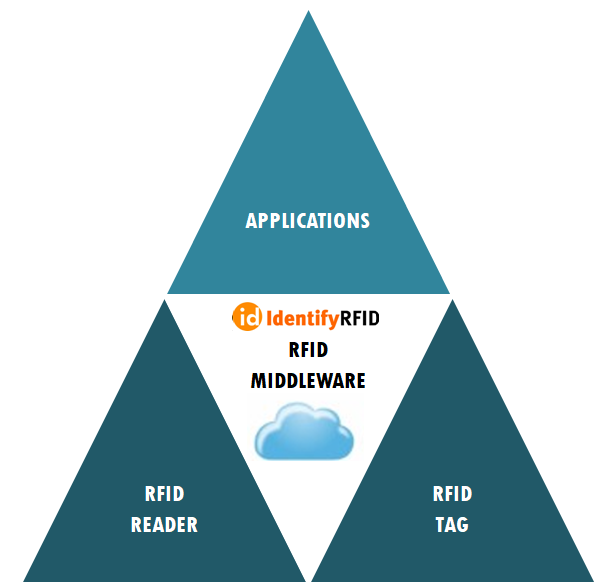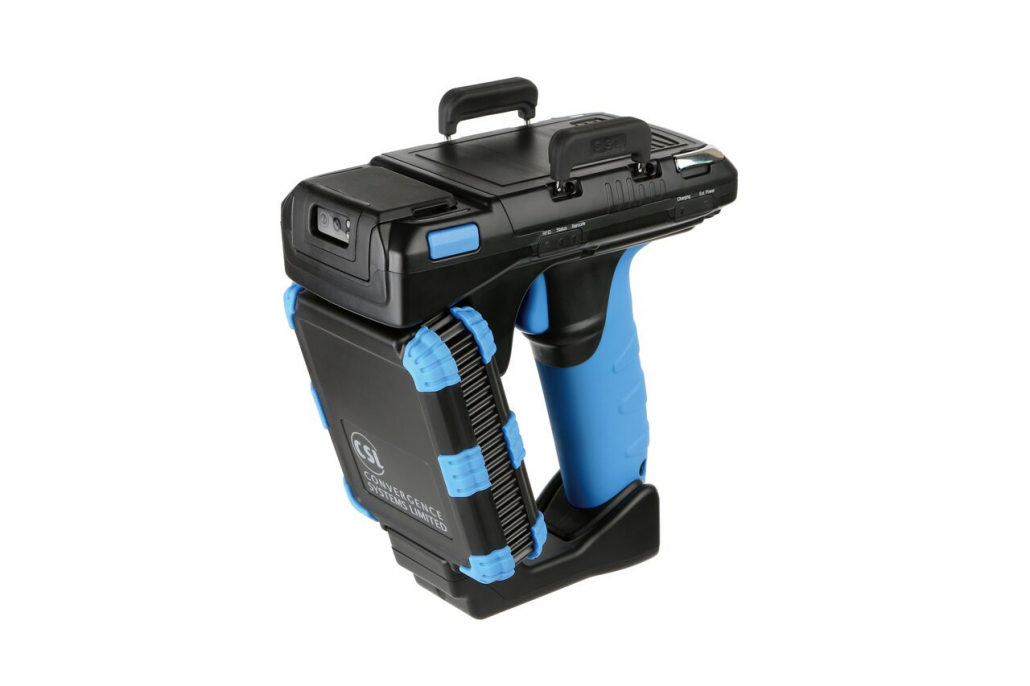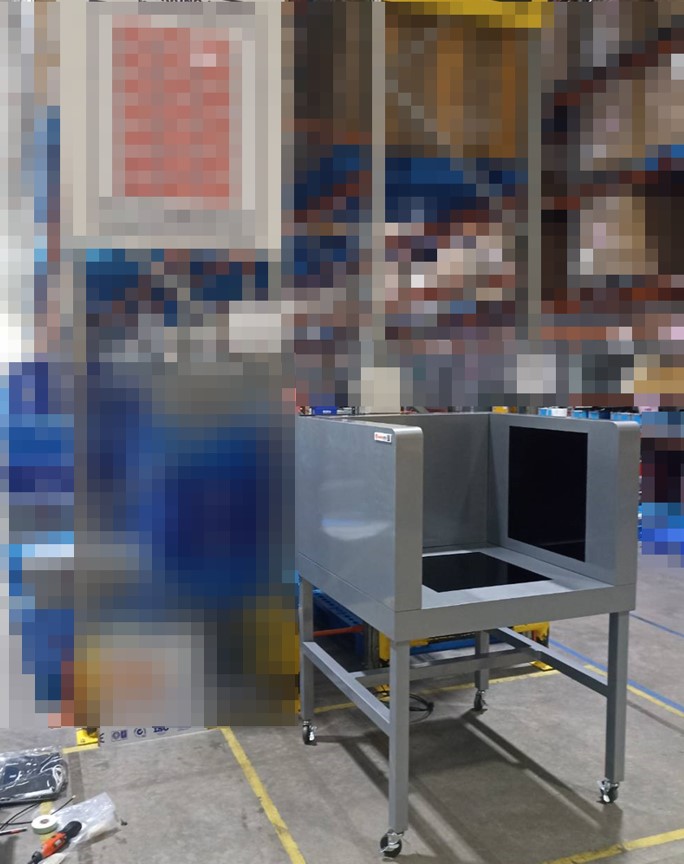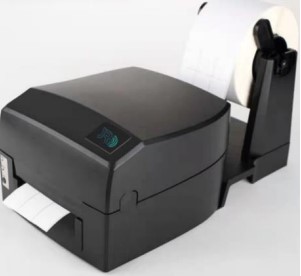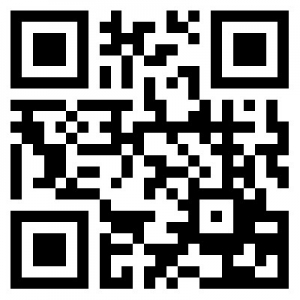การเปรียบเทียบเทคโนโลยี RFID และเทคโนโลยีการอ่านป้ายทะเบียนอัตโนมัติ
ปัจจุบันมีการนำเทคโนโลยีทั้งสองมาใช้ในการบริหารรถเป็นอย่างมาก เทคโนโลยีการอ่านป้ายทะเบียนอัตโนมัติ (Automatic Number Plate Recognition, ANPR) เป็นระบบการอ่านป้ายทะเบียนรถ ซึ่งใช้เทคนิค OCR (Optical Character Recognition) โดยการใช้ระบบกล้อง Infrared ทำการถ่ายภาพป้ายทะเบียน และใช้ระบบซอฟท์แวร์ทำการแปลงภาพที่อ่านได้เป็นข้อมูล ในขณะที่เทคโนโลยีอาร์เอฟไอดี (RFID, Radio Frequency Identification) เป็นอีกเทคโนลียีที่มีการนำมาใช้งาน เพื่อใช้ในการบริหารจัดการรถ โดยจะมีอาร์เอฟไอดีแท๊ก (RFID Tag) ติดที่ตัวรถ และมีการติตตั้งเครื่องอ่าน (RFID Reader) ในจุดที่ต้องการเพื่อทำการส่งข้อมูลจากอาร์เอฟไอดีแท๊ก (RFID Tag) เมื่อมีการนำเทคโนโลยีทั้งสองมาใช้ในการบริหารรถ แต่ทั้งสองใช้เทคนิคที่แตกต่างกัน ทั้งสองเทคโนโลยีมีความได้เปรียบและเสียเปรียบในแต่ละด้านดังต่อไปนี้
ความแม่นยำและความน่าเชื่อถือของข้อมูล
การรับส่งข้อมูลของระบบอาร์เอฟไอดี (RFID Technology) จะมี Protocol ในการสื่อสารระหว่างอาร์เอฟไอดีแท๊ก (RFID Tag) และเครื่องอ่านอาร์เอฟไอดี (RFID Reader) ซึ่ง Protocol นี้จะลดข้อผิดพลาดต่าง ๆในการสื่อสาร และมีตรวจสอบข้อมูล (CRC) ว่า ข้อมูลที่สื่อสารกันถูกต้องหรือไม่ ในขณะที่ระบบ ANPR จะใช้วิธีการถ่ายภาพข้อมูลที่ป้ายทะเบียน และใช้ซอฟท์แวร์ทำการแปลค่าที่ถ่ายได้ ตัวอย่างเช่น เมื่อได้ภาพจากป้ายทะเบียน ระบบซอฟท์แวร์จะทำการประมวลผลว่า ภาพที่ถ่ายได้มีความน่าจะเป็นที่เป็นตัวเลขใดโดยการเทียบข้อมูลที่มีอยู่ เช่น 97% เป็นเลข “1” และ 80% เป็นเลข “7” จากการประมวลผลดังกล่าว ระบบ ANPR ก็จะแปลความหมายตัวเลขที่อ่านได้ว่า เป็นเลข “1” เพราะความน่าจะเป็นมากกว่า จากการที่ระบบ ANPR ใช้วิธีการแปลความจากภาพที่ถ่ายได้ ทำให้สภาพแวดล้อมมีผลต่อข้อมูลที่ได้รับ ตัวอย่างเช่น ป้ายทะเบียนที่เปียกชื้น หรือสกปรก เป็นต้น สิ่งเหล่านี้มีผลต่อภาพถ่ายที่กล้องจะจับภาพได้ ในขณะที่เทคโนโลยีอาร์เอฟไอดี (RFID Technology) ใช้การเก็บข้อมูลด้วยคลื่นวิทยุ ดังนั้นสภาพแวดล้อมย่อมไม่มีผลการส่งข้อมูล
ความปลอดภัย
เนื่องจากเทคโนโลยี ANPR ใช้เทคนิคการถ่ายภาพเพื่อนำมาประมวลผล จึงมีความปลอดภัยค่อนข้างต่ำ หากป้ายที่นำมาอ่าน เป็นภาพถ่ายทะเบียนรถที่มีความคมชัดสูง ระบบ ANPR ก็จะทำการแปลความหมายว่าเป็นทะเบียนรถ ต่างจากเทคโนโลยีอาร์เอฟไอดี (RFID Technology) ที่ข้อมูลที่เครื่องอ่าน (RFID Reader) นำมาประมวลผลนั้น ต้องเกิดจากการอ่านอาร์เอฟไอดีแท๊ก (RFID Tag) เท่านั้น นอกจากนั้นระบบอาร์เอฟไอดี (RFID Technology) ยังรองรับการตั้งระดับความปลอดภัยในการอ่านข้อมูลจากอาร์เอฟไอดีแท๊ก (RFID Tag) โดยปกติการตั้งระดับความปลอดภัยในเทคโนโลยีอาร์เอฟไอดี (RFID Technology) มีตั้งแต่การตั้งรหัสผ่าน หรือการใส่รหัส นอกเหนือจากการเพิ่มความปลอดภัยด้วยซอฟท์แวร์ ปัจจุบันอาร์เอฟไอดีแท๊ก (RFID Tag) ยังมีการป้องการการปลอมแปลง โดยอาร์เอฟไอดีแท๊ก (RFID Tag) จะฉีกขาด เมื่อมีความพยายามที่จะลอกอาร์เอฟไอดีแท๊ก (RFID Tag) ไปติดที่รถคันอื่น

